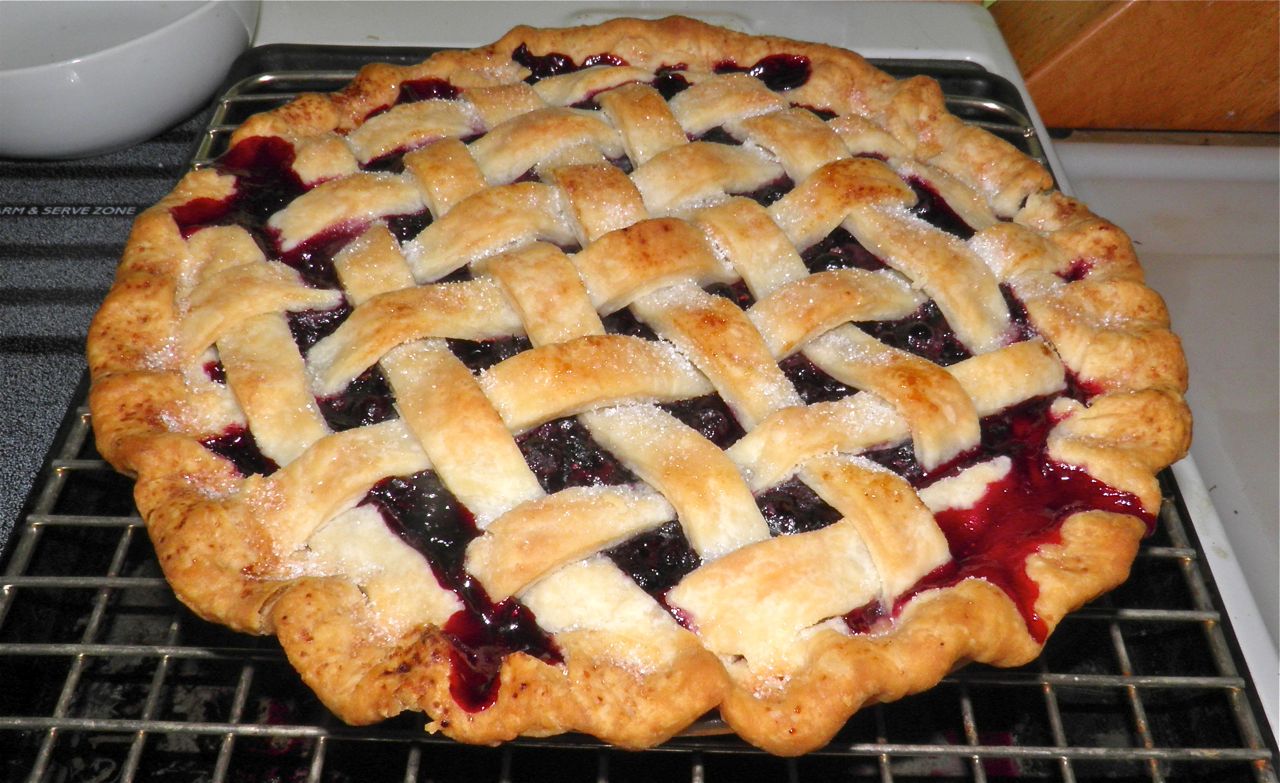
These coordinates may be manipulated in the same fashion are used with two- or three-dimensional graphs. These usually have the units of Angstroms and relate to the distance in each direction between the origin of the cell and the atom. The first, less-commonly seen system is that of Cartesian or orthogonal coordinates (X, Y, Z). Both use a corner of the unit cell as their origin. There are two systems of coordinates commonly in use, which can cause some confusion. Within the unit cell, the atomic arrangement is expressed using coordinates. As the entire crystal consists of repeating unit cells, this definition is sufficient to represent the entire crystal. The structure of a crystal is defined with respect to a unit cell. This crystal system has the lowest symmetry and must be described by 3 lattice parameters (a, b, and c) and the 3 angles (α, β, and γ). The triclinic lattice is chosen such that all the internal angles are either acute or obtuse. In the triclinic lattice none of the sides of the unit cell are equal, and none of the angles within the unit cell are equal to 90°. Let’s bake! Please read the recipe notes before beginning.\)). It’s super fun to make a pie from scratch, almost as good as bagels.Ĭream, vanilla ice cream, or even salted caramel sauce are all perfectly acceptable and recommended ways to top a large piece of this pie, preferably warm. If the crust tears a bit, or is too thin or too thick in parts, you can fix it, I promise. Prepare the top lattice crust: Roll out the second pie crust to a roughly 11-inch diameter (slightly smaller than. Snug it against the sides and corners of the pan, letting the excess hang over the edges.

Just a little bit of care and patience, and you’re good to go. Prepare the pie: Roll one of the pie crusts out to a roughly 12-inch diameter and transfer it to your pie pan. More about rolling, slicing and panicking in the recipe below!ĭon’t let homemade pie crusts scare you, they’re actually quite easy. Whichever way you feel like going is fine, though I think the lattice is funner and less messy than covering the whole thing with a fragile piece of dough. The recipe here makes enough for the base and a lattice crust or a very thin upper crust to cover the whole pie. You could also bake the pie longer to get all the pieces super soft. The pieces on top still do, and tend to remain crunchier than the ones below. I like it this way because the apples don’t dry out as much in the oven. I chose to tip the apples in and let them release some juices into the pie crust itself. (There’s more blabbering after the next four photos). I’m going to go out on a limb here and say, don’t panic too much about how cold your dough is. The kitchen smelt like a dream, the crust was flaky and crackled when I cut into it and the apples were somewhere in between crunchy and completely jammy and just amazing. And I don’t say this about my pies very often. I’ve done weirder things with my time, believe me.Īnd still, still, still. And finally, I adjusted the proportions to my usual pie crust because I had 200 gms and not 230 gms of butter. Hosts Bridget Lancaster and Julia Collin Davison make the ultimate Plum-Ginger Pie with Whole-Wheat Lattice-Top Crust. Fourth, two of the apples I was planning to use were spoilt so I had to make do with a slightly smaller filling. Third, I forgot to add sugar to the crust and it turns out, it doesn’t need it any way. I promise the weaving will happen some day. Second, the dough was obviously harder to roll out since it wasn’t completely chilled so sadly, I couldn’t do a weaved lattice, the strips kept breaking 🙁 I pulled them off the apples, re-rolled them and decided to just make a simple criss-cross lattice pattern. I love how I continue to make my own life difficult. First, our fridge has been acting up for a couple of days now and I decided it would be a good time to make a pie crust which needs to have cold butter and be kept cold at all times. So even though my fridge wasn’t doing the one job it has, this pie crust saved itself by the sheer miracle of…butter? There is a Pie God after all. There’s sugar and spice and literally everything nice. I’m going to become one of them.īecause somehow, a classic apple pie can never really go wrong. Some would say it’s worth the hair pulling and hysterics. For bigger crimps, you may also use your thumb to push out. Because guess what, drama or not, there’s usually a buttery, flaky, perfectly delicious pie at the other end. To make a classic crimped crust, gently push a fold of dough out towards the edge of the plate with the index finger of one hand, and pinch the fold between the thumb and index finger of your other hand. I’m just going to accept this and move on. Drama-free pies are not written in my destiny.

Update: my new favourite apple pie is right here!


 0 kommentar(er)
0 kommentar(er)
